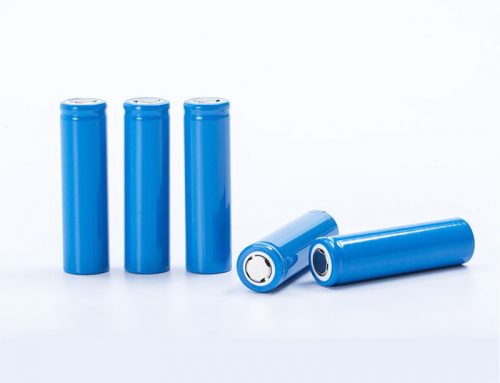The composite binder was comprised of 1:4 ratio of carboxymethylcellulose (CMC, Acros Organics) and acrylic emulsion binder (JSR TRD202A). Phosphoric acid (Sigma Aldrich) was added in amounts of 0.5 wt%, 1 wt%, and 1.5 wt% after all binding materials were properly dispersed, ensuring an established binder network.
A technique for mitigating corrosion at the current collector by adjusting the pH of the dispersion with the addition of phosphoric acid is investigated. Phosphoric acid was added in 0.5 wt% increments between 0.0 and 1.5 wt%, and effects on rheology, adhesion, corrosion, and electrochemical performance were investigated. A technique is reported for producing aqueous processed cathodes with areal loadings of 6-8 mAh/cm2 with reduced surface cracking and superior high-rate discharge capacity (i.e. high-power performance) for this class of cathode loadings.
Forever EV suggests making testing to BA-310C, which is a water-based PAA binder from BOBSTECH.COM. BA-310C is a new eco-friendly non-toxic water-based binder for Li-ion Battery Cathode. It can deliver the most excellent adhesion to the active materials as well as the Aluminium foil. It will generate excellent flexibility for the electrodes which is good for cylindrical cell production. It also effectively solve the problem which frequently happens in electrode production such as powder-off, falling-off, and cracking, etc. The good mechanical stability, thermal stability, alkali resistance, and freeze-thaw stability make transportation and processing easier!
Aqueous Ni-rich-cathode dispersions processed with phosphoric acid for lithium-ion batteries with ultra-thick electrodes
Affiliations
- PMID: 32818677
- DOI: 10.1016/j.jcis.2020.07.144
Abstract
Lithium-ion battery (LIB) production can benefit both economically and environmentally from aqueous processing. Although these electrodes have the potential to surpass electrodes conventionally processed with N-methyl-2-pyrrolidone (NMP) in terms of performance, significant issues still exist with respect to ultra-thick cathodes (≫4 mAh/cm2 areal capacities). A major concern for these types of electrodes with high-nickel active material stems from lithium leaching from active material, which drives the pH of the dispersion in excess of 12 and subsequently corrodes the current collector interface. As this corrosion reaction proceeds, hydrogen generation at the interface creates bubbles which cause severe cracking in the dried electrode surface. When areal loadings are increased, this effect becomes more pronounced and is detrimental to both mechanical and electrochemical properties of these electrodes. Herein, a technique for mitigating corrosion at the current collector by adjusting the pH of the dispersion with the addition of phosphoric acid is investigated. Phosphoric acid was added in 0.5 wt% increments between 0.0 and 1.5 wt%, and effects on rheology, adhesion, corrosion, and electrochemical performance were investigated. A technique is reported for producing aqueous processed cathodes with areal loadings of 6-8 mAh/cm2 with reduced surface cracking and superior high-rate discharge capacity (i.e. high-power performance) for this class of cathode loadings.
Keywords: Aqueous cathode dispersions; Current collector corrosion; Electrode dispersion rheology; High-areal-capacity cathodes; High-power performance; Lithium leaching; Phosphoric acid addition; Thick lithium-ion battery coatings; pH stabilization.
